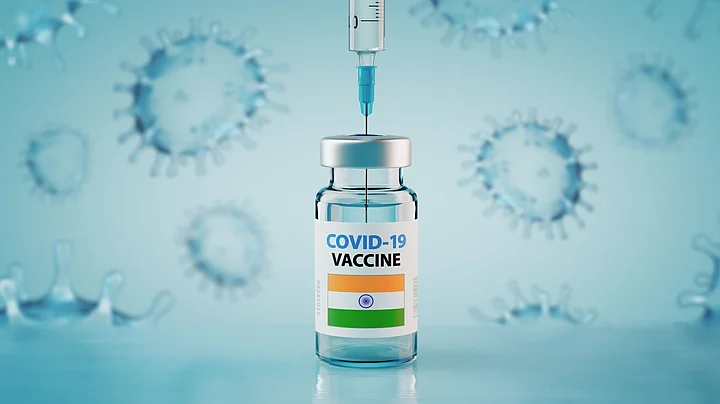Every morning, afternoon and evening, Indians pick up their smart devices to play the nation’s favourite game called fastest-finger-first. Most fail, terribly. Some smug ones will share with their family, friends and the vast universe of social media how they gamed the system. Techies have come up with apps to help you hit the jackpot, telegram notifications ping on your phone with a promise to help you meet your saviour. No, it’s not Amitabh Bachchan or his beloved Computerji. It’s an exhausted healthcare worker at a COVID vaccine center who’s dealing with irate people, made to wait for long hours for that jab that will hopefully get them out of a global pandemic.
If you don’t have smart devices, settle down for a long wait. We’ll come to you eventually. Maybe.
No Thank You, Your Lordship
On 9 May, when the Supreme Court of India pulled up the central government and asked them to revisit their vaccine policy, the Center politely turned them down. ‘We’ve got this,’ said the Center, in a nutshell.
Also on 9 May, India was inoculating about half as many people per day as it did nearly a month ago. At the peak on 5 April, India vaccinated 43 lakh people, on May 9, a little over 20 lakh received their jab.
Also on 9 May, Delhi government said they barely had vaccines to cover the next 3-4 days.
How We Bungled Up Our Vaccine Programme
In January 2021, when some of the richest nations in the world had booked vaccines doses 2-3 times their populations, India, with a population of 1.4 billion people, placed an order for 15 million vaccine doses.
On May 1, when India opened up its vaccination programme for its 594.6 million 18-44 population, the country had placed a total order of 210 million doses from Serum Institute (SII), the supplier of Covishield, and 70 million doses from Bharat Biotech (BB), makers of Covaxin. This number is barely enough to cover 140 million people.
Of this, 110 million doses order to SII and 50 million order to Bharat Biotech was placed on 28 April. It will take minimum 2-3 months to deliver this order.
Now add to this mix India’s dual pricing and procurement policy where the center will procure 50% of available vaccines from the manufacturers, the rest of the kitty will be divided between states and large corporate hospitals.
That brings us to just over 2% of India fully inoculated against coronavirus, and merely 11% having received at least one dose.
That also brings us to today, nearly 5 months since India launched its vaccination programme, and our daily game of fastest-finger-first.
Could We Have Solved this Mess?
India’s not a cash strapped country, economists remind us. For one, the Government of India could have easily borne the cost of vaccinating the entire country above 18 years for a little over 0.36 % of our Gross Domestic Product (GDP), according to India Ratings and Research.
By creating differential pricing, the government ended up creating supply bottlenecks and leaving the prioritising of doses to the manufacturers.
India could have used its Rs 35,000 crore vaccine fund created during Budget 2021 to vaccinate nearly 100 crore Indians.
India’s ‘Atmanirbharta’ wouldn’t have been hurt if India had used its vast cash reserves to place large orders from vaccines makers from around the world, not now, when they have no supplies to give, but back in 2020.
Covaxin, developed in collaboration with Indian Council of Medical Research (ICMR) and National Institute of Virology (NIV), could have been licensed sooner to other vaccine manufacturers in the country. A policy India ironically supports at World Trade Organisation (WTO).
India could have given the vaccine makers realistic orders for vaccines, not a drip-drip placement of doses.
India could have spent a lot more money and resources in R&D of vaccines with other manufacturers in the country, throwing its support behind India’s large vaccine manufacturing capacity.
India could have used its excellent child and mother inoculation programme and learnings from the Polio programme to reach the last mile.
India could have relied on its excellent talent pool of public health experts to guide its pandemic response and vaccine policy.
(At The Quint, we question everything. Play an active role in shaping our journalism by becoming a member today.)
